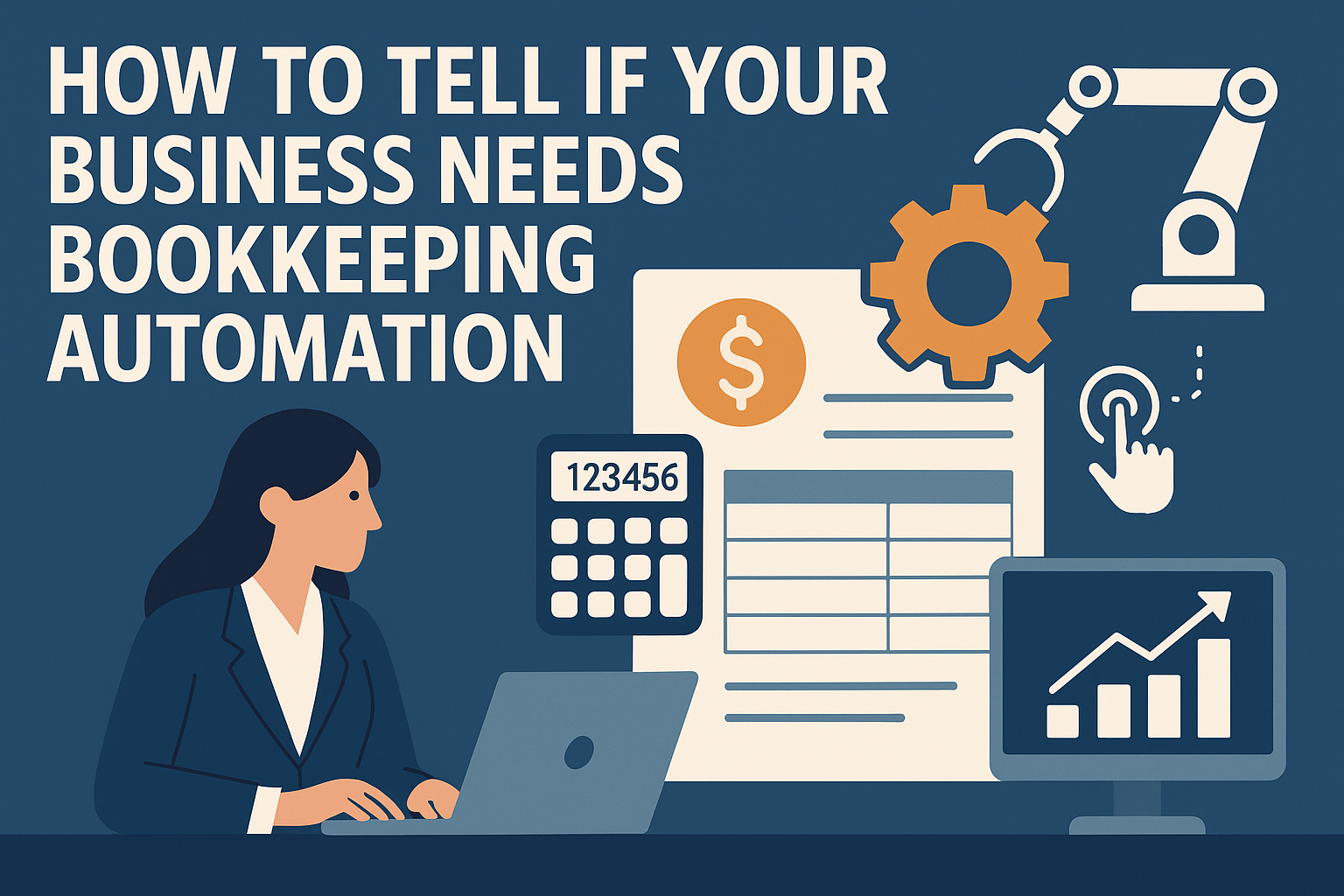
For many small and medium-sized businesses, bookkeeping starts with a simple spreadsheet or an outsourced accountant. But as your business grows, what once felt “manageable” can slowly turn into a daily bottleneck — full of manual data entry, delays in reporting, and endless back-and-forth with invoices.
Bookkeeping automation isn’t just a fancy upgrade. It’s a turning point. Knowing when to make that shift can save your business time, reduce costly errors, and give you a clearer view of your financial health.
If you often find yourself waiting until the end of the month (or worse, the quarter) to know your actual numbers, that’s a clear red flag. Delayed bookkeeping means delayed decisions.
With automation, transactions are processed in real time, giving business owners instant visibility on cash flow, expenses, and profits. You no longer have to wait for someone to “get around to it.”
👉 Imagine checking your profit margins before walking into a supplier meeting — that’s the kind of agility automation brings.
Manually keying in receipts, invoices, and payments isn’t just tedious — it’s prone to human error. When your staff spends hours each week on repetitive tasks, they’re not focusing on strategic work that drives growth.
An automated bookkeeping system removes this friction. For example, ccMonet allows employees to upload receipts directly from their phones, automatically reads and categorizes them, and reconciles payments — no finance degree required.
As soon as your operations cross borders or involve multiple cost centers, bookkeeping complexity increases exponentially. Tracking foreign currency transactions, exchange rates, or inter-company flows manually is a recipe for confusion.
Automation tools streamline these processes, ensuring accuracy across currencies and entities, while keeping your records fully compliant.
Numbers alone don’t help you grow. Insights do. But when your data lives in scattered spreadsheets and unstructured files, turning it into actionable insights becomes an uphill battle.
Modern automation platforms don’t just record transactions — they interpret them. ccMonet, for example, offers real-time dashboards and AI-powered reconciliation, so business owners can spot spending trends, track profitability, and make decisions with confidence.
Tax filing deadlines. Annual reports. Audit requests. Manual bookkeeping can make these compliance tasks chaotic and stressful. With automation, data is structured, categorized, and ready to export or file — reducing last-minute panic and human error.
If any of these signs sound familiar, your business is likely ready to level up with bookkeeping automation. The goal isn’t to replace people — it’s to free your team from manual, repetitive work so they can focus on what truly matters: growing the business.
✨ Learn how ccMonet can help you automate bookkeeping and stay compliant without the financial complexity.
👉 Visit ccMonet